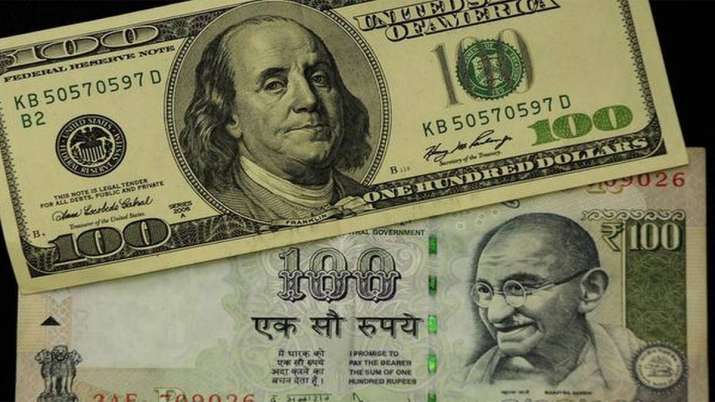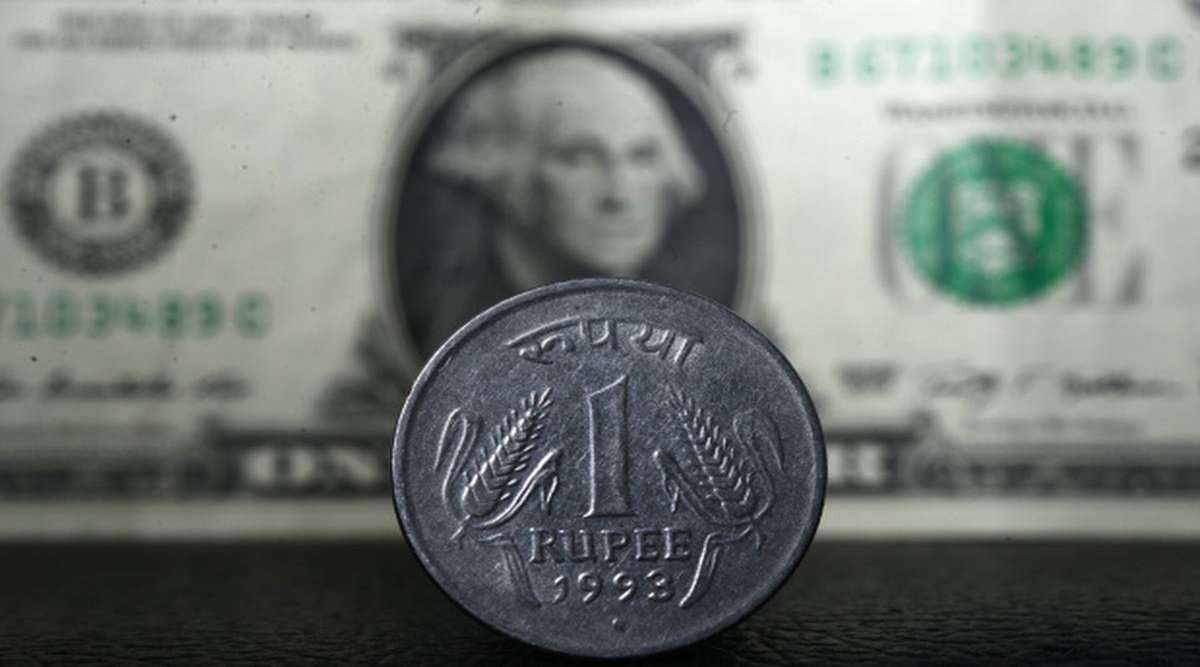The Indian rupee fell against the dollar on Thursday as worries over a European lender dampened overall risk sentiment, but it still managed to hold onto the higher side of a previous resistance level of 82.80. Compared to its previous closing of 82.59, the rupee closed the day at 82.73 to the dollar. Traders reported that state-run and foreign banks sold dollars at about the 82.80 level.
While the Reserve Bank of India has historically defended certain levels, some even hypothesized that it may have interfered to stop currency devaluation. Yet, despite the currency’s inability to decline any farther than the 82.80–83 range, traders increased their long bets on USD/INR futures because they anticipated that the risk sentiment would stay shaky.
As investors worried about a banking crisis in the U.S. and Europe, Asian markets fell as the Chinese yuan and the Indonesian rupiah softened. Following a statement by its largest shareholder that it could no longer sustain the bank, Swiss lender Credit Suisse experienced a collapse on Wednesday. To stop a larger contagion, the Swiss central bank had to step in. Following the failure of American lender Silicon Valley Bank, this occurred.
Due to recent market developments, investors are rethinking the magnitude of rate increases that the European and American central banks will implement at their future meetings. Policymakers from the ECB meet later in the day, and previous bets of 50 basis points (bps) have been reduced. While everything was going on, U.S. bond yields rose, with the 2-year yield trading at about 4.024% after dropping to 3.9750% overnight. The 1-year yield firmed up to 2.40%, reaching a six-week high, and rupee premiums increased.

